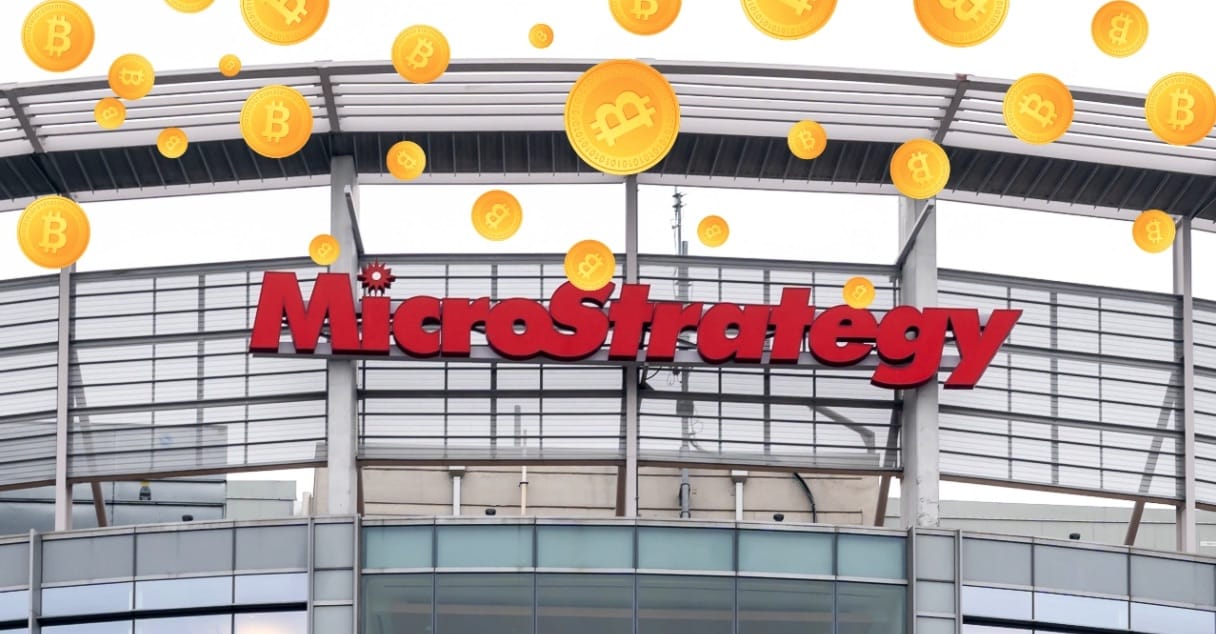Table of Contents
Cryptocurrencies are forcing us to rethink how we look at the financial industry.
A decade ago, the idea of a loan without a credit check would have been absurd. Today, the power of smart contracts and cryptocurrencies has revolutionized traditional lending. Crypto loans do not require a credit check. They are instant, limitless and accessible to everyone.
The crypto lending sector is evolving at a rapid pace. Technological advances drive innovative, efficient and secure lending practices.
This article looks at the emerging trends in the crypto lending and borrowing space.
Liquid Staking Token (LST) lending and borrowing
Ethereum’s move from Proof-of-Work (PoW) to Proof-of-Stake (PoS) has spawned a new sector – Liquid Staking Tokens (LST).
When token holders stake their ETH on staking platforms like Lido and Rocketpool, they receive a secondary token — stETH on Lido and rETH on Rocketpool — representing the ETH staked on the platform. This process is also known as liquid staking. Stakers who locked their ETH for staking rewards now have LSTs free to use for trading and lending.
Currently, LST lending and borrowing is arguably the most dominant trend in crypto lending and borrowing. To put things in perspective, the total value locked in LST is nearly $19 billion (as of July 5) across the top three liquid staking services – Lido, Coinbase Wrapped, and Rocketpool.
That’s $19 billion that can be borrowed and lent.
Leading crypto lending platforms Aave, MakerDAO, Curve and Summer.fi (formerly Oasis) already support LST lending. The ability to borrow cryptocurrencies against stETH, rETH, and cbETH has led to new LST strategies to maximize returns.
An example of an LST lending and borrowing strategy
Adam stakes 10 ETH on a liquid platform (e.g. Rocketpool) and receives 10 rETH in return. He deposits his rETH as collateral on crypto lending platform Aave to borrow ETH. Adam then uses the borrowed ETH and receives new rETH in return. This strategy is also known as leveraged Ethereum staking.
Adam can repeat the process depending on his risk tolerance.
Keep in mind that these strategies are risky and can result in devastating losses if the price of ETH and LSTs falls. The cost of gas fees is also a critical risk, as Adam has to make numerous transactions to reverse the borrow-and-stake cycle.
NFT lending and borrowing
Just when you thought the “monkey jpegs” had no use other than Twitter profile pictures, NFT Lending comes into play. NFT enthusiasts are working day and night to bring more value to this space, and NFT rental and loaning seems a natural place to start.
Peer-to-peer NFT lending platforms like NFTfi allow users to list their NFTs as collateral against which DAI, USDC, and wETH can be lent. The borrower does not get their NFT back until they have repaid the loan. On the other hand, the lenders can view the listed NFTs and accept the desired loan terms.
In May 2023, Blur – a leading NFT marketplace – launched an NFT lending protocol called Blend. By the end of the month, Blend accounted for 82% of the lending volume across all NFT lending protocols. Experts pointed out that Blend’s support for popular blue-chip NFTs such as Azuki, Bored Ape Yacht Club, CryptoPunks and DeGods is key to its success.
The biggest UX problem in the NFT rental sector is the lack of support for lesser-known NFT collections. The NFT collection floor is the critical quantity that determines whether or not your NFT can be used as collateral for a loan. In a peer-to-peer protocol, the market decides whether your NFT is worth lending or not.
NFT lending is an emerging sector. The full potential of this space will be seen once “hard assets” like real estate and high value art are tokenized in NFTs.
Stablecoin lending and borrowing
Stablecoin funding represents the most mature side of crypto lending and borrowing. The Maker Protocol and its crypto-backed stablecoin DAI are synonymous with stablecoin lending. Users can borrow DAI against their ETH and LSTs via Maker partner platform Summer.fi.
In 2023, competing platforms Curve and Aave followed suit and developed their stablecoins. Curve allows users to mint crvUSD stablecoin by enclosing ETH, wBTC and LSTs (sfrxETH and wstETH) in smart contracts.
Meanwhile, Aave is pushing to launch its GHO stablecoin in the second half of 2023. Users will be able to borrow GHO against their crypto assets.
Flash Loan
Flash loans are a type of crypto loan popularized by Aave. Flash loans allow users to borrow assets without posting collateral. The catch is that the borrower must repay the loan within one block transaction (the average Ethereum block time was around 12 seconds at the time of writing).
Loud aave Flash loans are intended for developers as they require technical knowledge to run. A flash loan is encoded with a smart contract that executes and repays the principal, interest, and fees within the transaction.
Flash loans are primarily used for collateral swaps, market arbitrage and loan enforcement incentives. They have a dubious reputation in the industry for being used to liquidate third-party loans and attack DeFi protocols.
Centralized Finance (CeFi) lending
Crypto credit and loan options offered by centralized companies like Nexo and Crypto.com will always be a talking point for their ease of use and attractive returns. These offer user-friendly interfaces that offer cryptocurrency buying services with fiat and credit and loan options under one roof.
The collapse of CeFi firms like Celsius and BlockFi in 2022 made users aware of the risk of depositing cryptocurrencies with these private firms. Thousands of users were unable to withdraw their funds as Celsius and BlockFi filed for bankruptcy.
The bottom line
The biggest challenge facing the crypto lending and borrowing sector is cultural. Currently, the bulk of the credit is used for crypto trading and market activity.
If crypto lenders can use their capital to fund promising crypto startups and innovative companies, the entire crypto industry will thrive.
10 costly crypto investing mistakes and how to avoid them
- Russia to Slap a 15% Tax on Crypto Gains – The Bear Wants Its Share - November 20, 2024
- 70% of Airdrop Tokens Are Profitless—Here’s Why Your Freebies Might Be Worthless - November 19, 2024
- The Most Important Cryptocurrency News of November 14, 2024 - November 15, 2024


![BingX Exchange: A Detailed Guide to Using, Trading, and Maximizing Features in [current_date format=Y] 5 BingX Exchange: A Detailed Guide to Using, Trading, and Maximizing Features](https://cryptheory.org/wp-content/uploads/2024/11/4-5-350x250.jpg)




















